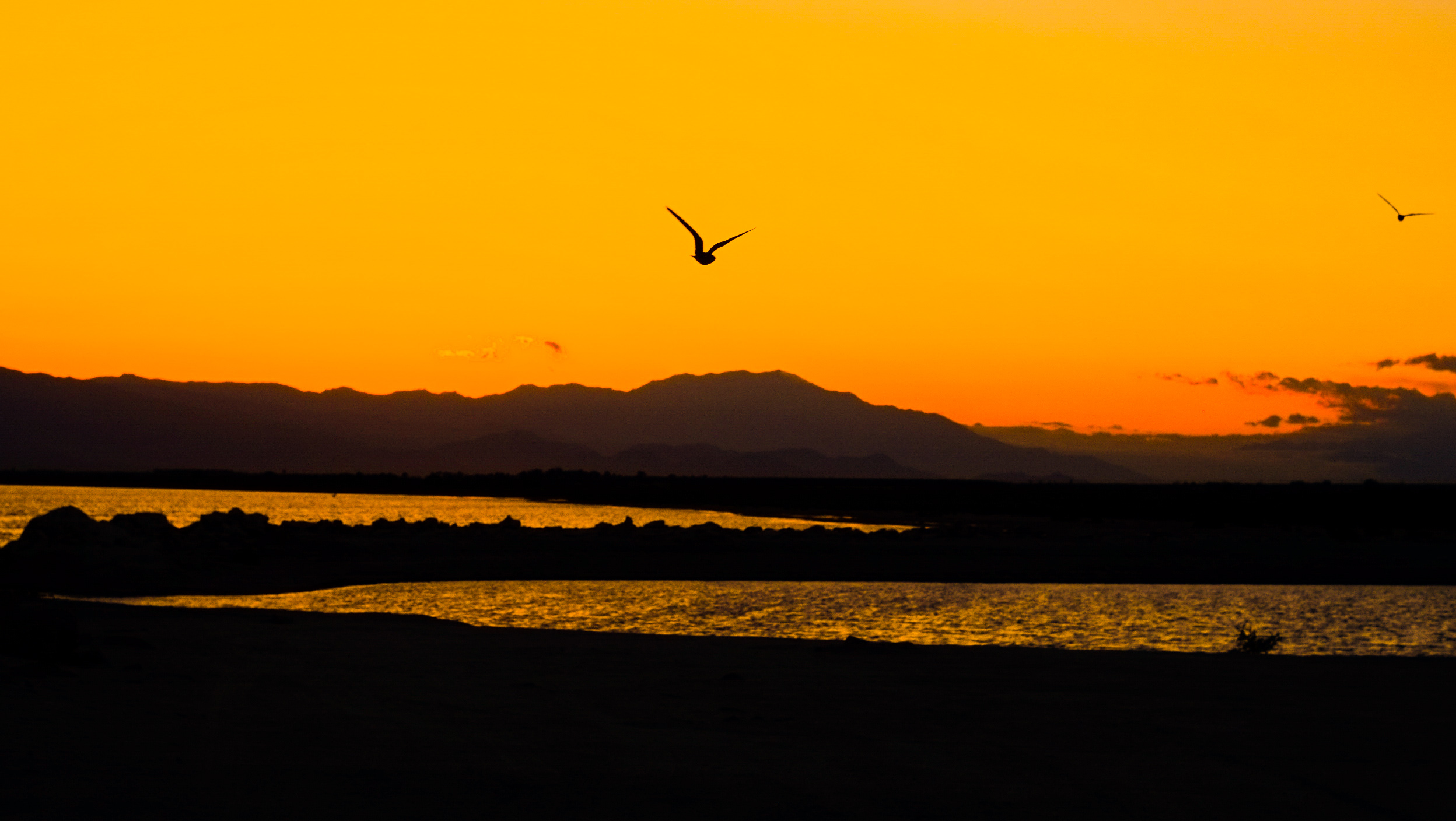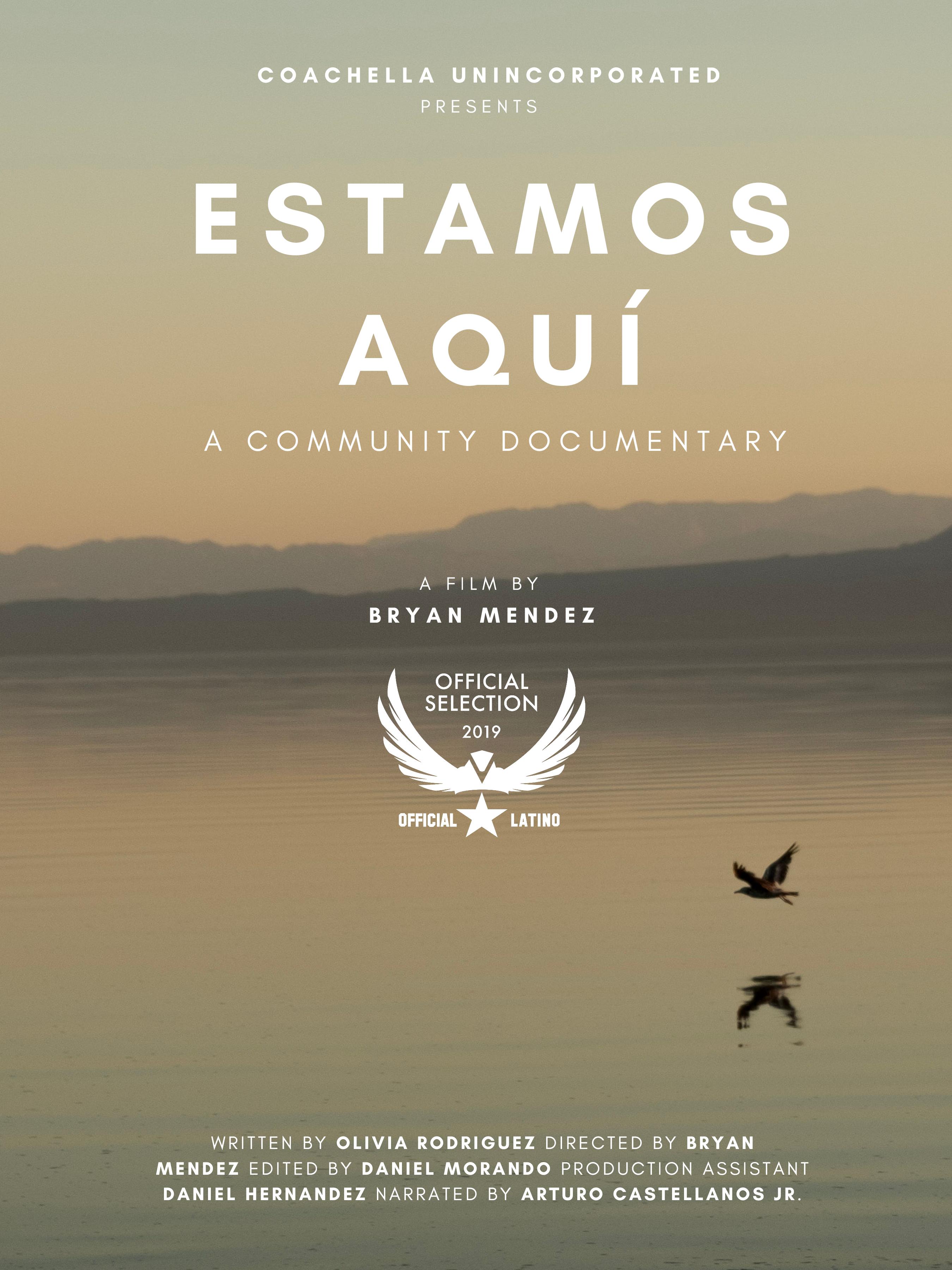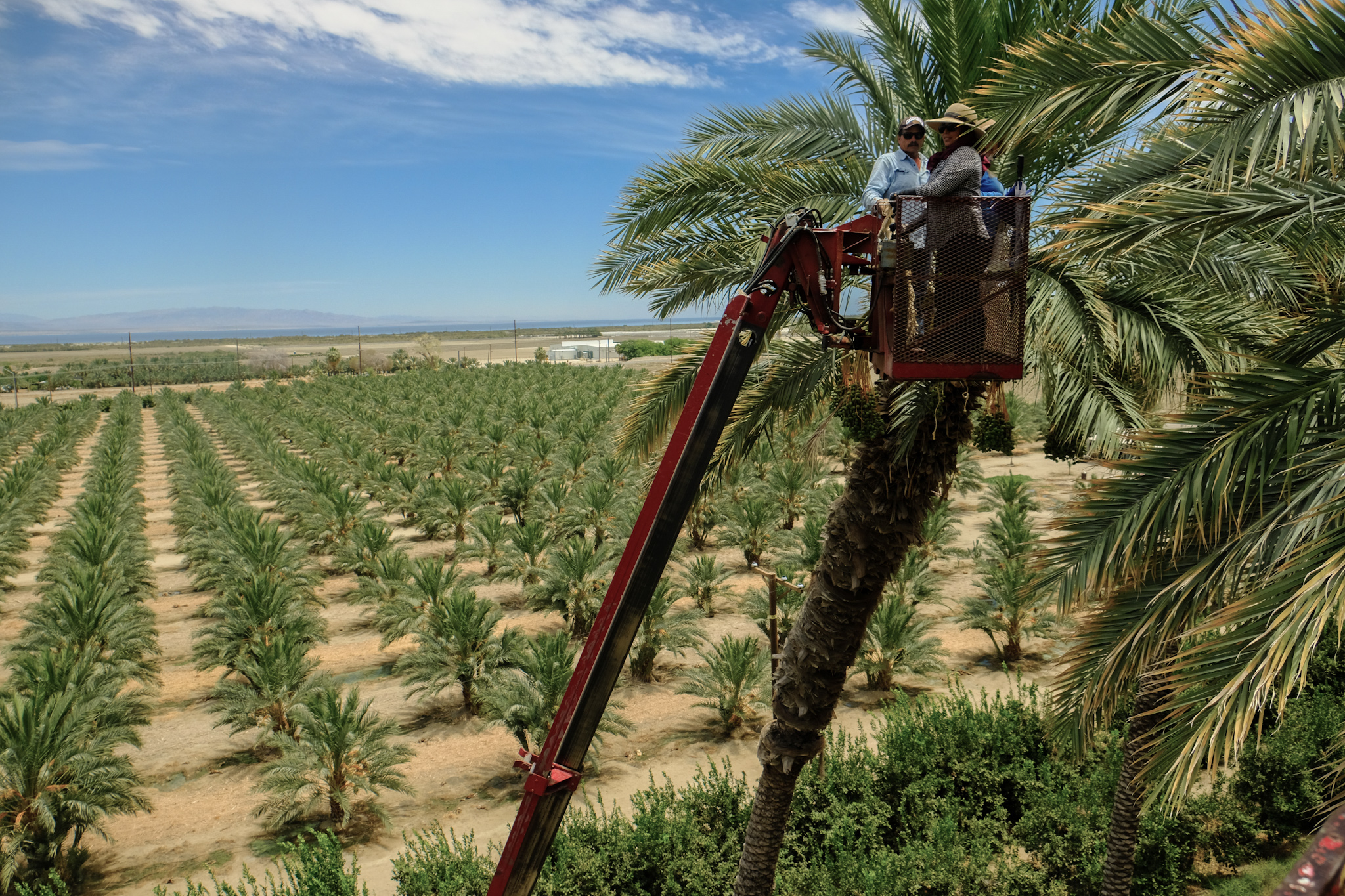
A dry lakebed, dead fish, abandoned buildings – these are the images most often associated with the Salton Sea. Less known is the story of the people living near the sea and what the worsening environmental crisis means to them.
A team of young filmmakers who grew up a few miles from the Salton Sea seek to highlight community voices and the future of Eastern Coachella Valley communities in their 30-minute documentary, “Estamos Aquí: A Community Documentary,” produced by Coachella Unincorporated, the first and only youth media program based in the Eastern Coachella Valley.
The film is a 2019 selection of the Official Latino Film and Arts Festival. The festival takes place this year at College of the Desert in Palm Desert, Calif. Estamos Aquí will be screened during the Block A screening on Friday, Nov. 1st. Free tickets for the screening can be reserved at FilmFreeway.

By interweaving images from the Salton Sea and daily life in the rural communities near its northern shore, the film reveals that for thousands of people, the Salton Sea is an important community symbol.
The Salton Sea is California’s largest inland body of water. The Salton Sea has gone through many transformations with the Colorado River running naturally in and out of the area for thousands of years. In 1905, engineers built canals to move water from the Colorado River into the Coachella Valley for farming purposes. When a canal accidentally broke, the Colorado River filled the Salton basin creating the lake we now call the Salton Sea. The Salton Sea briefly supported tourism and resort towns until agricultural runoff made the water less hospitable. Today, the shoreline is gradually receding, exposing chemical sediment easily picked up by wind and carried to nearby homes.
Government agencies have proposed various solutions to the Salton Sea crisis, but nearby residents often feel ignored. They say it’s been difficult to get information about what’s happening to the sea.
“When you think about the Salton Sea and the environmental issues here, I want you to think about the people who live here,” said Olivia Rodriguez, who wrote and co-produced the documentary. “The birds and fish are important, but this community has a story to tell. It’s been our home, our parents immigrated here, and it has been the home of the Torres Martinez Desert Cahuilla Indians much longer than that.”

Rodriguez and director/co-producer Bryan Mendez said that while growing up in the Eastern Coachella Valley, the sea was a key part of local identity that contributed to the area’s unique and often peaceful natural beauty.
“It’s sad knowing that at some point it may all go away and we’re not going to be able to enjoy the sea and the views,” Mendez said. “The views are the reason some people bought a home here. For my family, it was because it was affordable.”
The filmmakers’ close ties to the community gave them access to people and scenes not captured in other documentaries. The film, the first on the subject created by young people who grew up by the sea, invites audiences to experience this uniquely local viewpoint.
In October, the team of Coachella Uninc. youth filmmakers and program staff were awarded the Youth Leadership in Air Quality Award from South Coast AQMD. The team also presented the film at Loma Linda University for the university’s School of Public Health, Institute for Health Policy and Leadership and Children’s Hospital staff.
To learn more about the film or to request a screening for your organization, email Amber Amaya at aamaya@yli.org.
